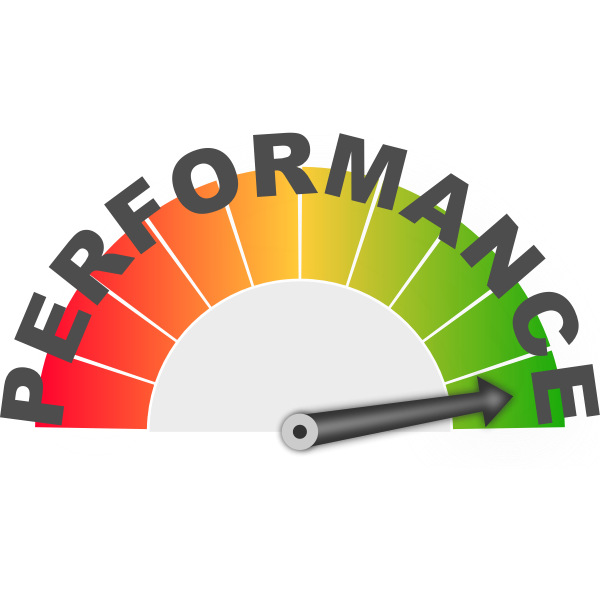As financial markets continue to evolve, investors are constantly seeking strategies that can optimize their portfolios for growth while managing risk. One strategy that stands out in this regard is Dual Momentum. By combining both relative and absolute momentum, this strategy provides a dynamic and data-driven approach to portfolio management. In this article, we will dive into how dual momentum can be applied to real-world portfolio analysis, helping you make informed decisions based on market performance.
Why Dual Momentum for Portfolio Management?
Traditional investment strategies often rely on either buy-and-hold or market timing, but both approaches come with significant drawbacks. Buy-and-hold strategies may expose you to large drawdowns during market downturns, while market timing can lead to missed opportunities during rallies. Dual momentum, on the other hand, seeks to strike a balance by following market trends and switching between asset classes based on performance. This approach not only aims to capture gains in strong markets but also moves to safety in weak ones.
Key Components of Market & Portfolio Analysis with Dual Momentum
1. Selecting the Right Asset Classes
The first step in applying dual momentum to your portfolio is selecting the asset classes that you will monitor. Common asset classes include:
- U.S. Stocks
- International Stocks
- Bonds
- Commodities
- Real Estate Investment Trusts (REITs)
The key here is to have a diversified range of asset classes, each representing different areas of the financial markets. This diversification helps ensure that you capture strong performance from one asset class, even if others are underperforming.
2. Using Relative Momentum to Identify Leaders
Relative momentum involves comparing the performance of different asset classes over a specific time period, such as the last 6 or 12 months. By looking at the performance rankings, you can identify which asset class is outperforming the others. For example, if U.S. stocks have outperformed bonds and international stocks over the past 12 months, relative momentum would suggest shifting your portfolio allocation towards U.S. stocks.
3. Applying Absolute Momentum for Risk Management
Once you’ve identified the top-performing asset class using relative momentum, the next step is to apply absolute momentum as a risk management tool. Absolute momentum checks if the selected asset class is still trending positively compared to a risk-free asset, such as short-term government bonds or cash. If the asset class has a positive return over the lookback period, you stay invested. If not, you shift your portfolio into safer assets like bonds or cash to preserve capital during downturns.
Real-World Example: Portfolio Shifts in Action
Let’s walk through a hypothetical example to illustrate how dual momentum could be applied to a portfolio:
- Step 1: Evaluate Asset Classes You’ve chosen U.S. stocks, international stocks, and bonds as the primary asset classes to monitor.
- Step 2: Calculate Relative Momentum After analyzing the past 12 months, you find that U.S. stocks have returned 15%, international stocks have returned 8%, and bonds have returned 3%. In this case, U.S. stocks are the top-performing asset class based on relative momentum.
- Step 3: Check Absolute Momentum Next, you compare the performance of U.S. stocks to a risk-free asset, such as short-term Treasury bills. If U.S. stocks have outperformed the risk-free rate (e.g., 1% return on Treasury bills), you remain invested in U.S. stocks. However, if U.S. stocks underperformed this threshold, you would shift the portfolio to a safer asset, such as bonds.
This approach ensures that your portfolio is always tilted towards the strongest-performing asset class while providing a safeguard during periods of market stress.
Evaluating Performance Metrics
Once you’ve implemented dual momentum, tracking your portfolio’s performance becomes essential. You can evaluate the success of your strategy using the following metrics:
- CAGR (Compound Annual Growth Rate): Measures your portfolio’s annualized return over time.
- Max Drawdown: The largest peak-to-trough decline, helping you assess the risk you’re exposed to.
- Sharpe Ratio: A measure of risk-adjusted returns, helping you understand how much return you’re generating per unit of risk.
Historical studies have shown that portfolios applying dual momentum tend to achieve higher risk-adjusted returns and smaller drawdowns compared to traditional portfolios.
Conclusion: The Power of Dual Momentum in Portfolio Analysis
By incorporating dual momentum into your portfolio analysis, you can take advantage of both market trends and a disciplined risk management process. This strategy allows you to dynamically adjust your asset allocation based on real market performance, ensuring that your portfolio remains resilient in both bull and bear markets. As you continue refining your approach, you’ll likely find that dual momentum not only enhances returns but also reduces emotional decision-making, leading to better long-term outcomes.
Stay tuned for more in-depth analyses of market trends and how to apply dual momentum effectively across different asset classes!
